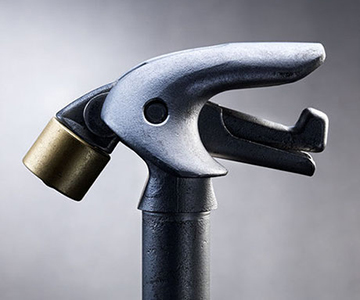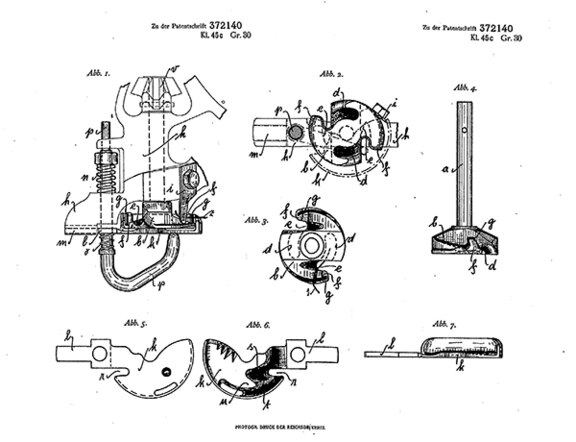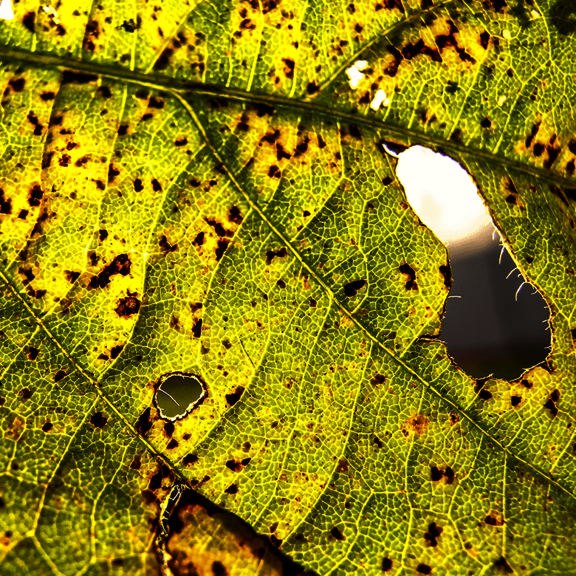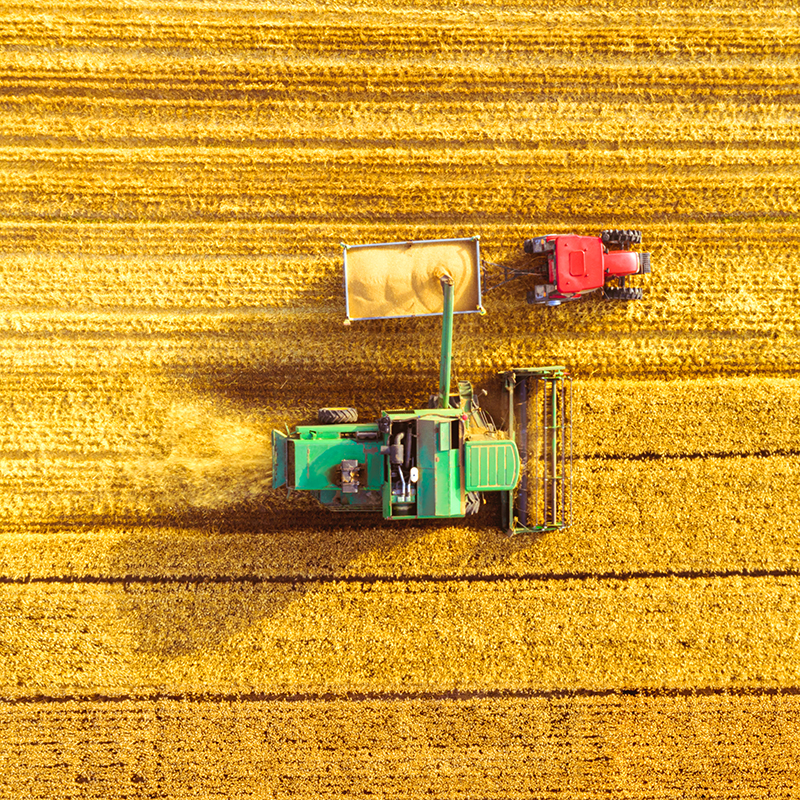If you’ve ever sat at a sewing machine, you’ll be familiar with the principle: the needle pierces the fabric and pulls small loops into it as it passes through. The “knotter”, a knotting device used in agricultural threshing machines, from Claas does something similar. It loops twine around the bundle of straw and pulls it tight.
American company McCormick had already brought an apparatus using this principle onto the market in the late 19th century. The problem? If the twine was of different thicknesses, the thread tore, and the bundles of straw fell apart. August Claas, who had set up a small business under his own name from his father’s blacksmith’s shop in East Westphalia in 1913, developed a new tool. The special thing about his knotter was and still is the floating jaw of the “knotter bill hook”. This opens and closes as it rotates once around its own axis, forming a loop. Because the bale of straw shifts further and further along in the process, a tensile force is created – and ultimately a tight loop knot. This method also made it possible to safely work with twines of different thicknesses and textures. This was especially useful in the period of scarcity after the First World War, as twine was of poor quality: August Claas’s knotter was a real technical achievement and of great importance to farmers.
Patents for innovative knotting technology
in 1921, the knotter became the first product of Gebr. Claas to be patented. The company was granted another patent in 1923 for the knotter bill hook with floating jaw. Demand for these reliable straw binders and knotters grew steadily. Claas continued to expand its production and soon enjoyed a sizeable share of the international market. What was once a small village blacksmith’s shop has now become a global agricultural machinery corporation.
Because of its importance for Claas, the knotter with its floating jaw was also the logo of the family-owned company for many years. Essentially, the knotter still works in much the same way today. Bales of straw all around the world are still held firmly together with twine.
Learn more about the knotter:
in a video report on the CLAAS YouTube channel
on the CLAAS website
Images: bales of straw: Hermann & F. Richter on Pixabay; knotter: CLAAS/www.CLAAS.de





